Rather surprisingly, the Chancellor decided to leave Fuel Duty unchanged in his March 2016 Budget perhaps influenced by the recent upward creep in pump prices- largely due to the pound/dollar exchange rate or maybe he just decided to keep his powder dry and save that option for the future. Of course, that wasn’t the only surprise in the Budget: most media coverage has focused on the proposed ’Sugar Tax’ on soft drinks, which wasn’t expected especially, perhaps, from this government.
At the moment, the details of the Soft Drinks Industry Levy are still somewhat vague. For a start, the proposals don’t come into effect until April 2018. Secondly the ’tax’ is intended to be charged on producers and importers of the relevant products, rather than a direct charge to consumers (as could have been achieved, for example, by putting the products into a higher VAT rate category), so it’s then down to the suppliers to decide how much of any additional cost they’ll pass on to consumers.
Sugar bands
As the proposals stand, there will be two bands of taxation: one for drinks containing more than 5g of sugar per 100ml, and a higher one for products containing more than 8g of sugar per 100ml. Although no specific figures appear to have been released at this stage with regards to the actual tax rate for these bands, the Office for Budget Responsibility has estimated that, if the full cost was passed on to retail prices, these could rise by between 18-24p per litre for many popular soft drinks, assuming that manufacturers leave the sugar contents at present levels.
As far as the forecourt trade is concerned, soft drinks have, of course, been a major sales line for most petrol retailers over many years (representing around 10% of total shop sales at many sites), so the impact of this Budget surprise could eventually be significant and not in a good way. However, it’s too early to panic yet. As this is being written, there are already threats of legal action by some parts of the soft drinks industry which, if pursued, could substantially delay or alter the final implementation of the levy. And even without that, there’s the possibility that either manufacturers or consumers switch to lower-sugar-content alternatives, or that suppliers don’t choose to pass on all of the cost increases. Of course, that begs another question if the government can impose some form of ’health tax’ on the soft drinks industry, logically won’t they be tempted to turn their attention to the confectionery sector? That’s typically another seven per cent of shop turnover at the forecourt. But let’s leave that fear for another (Budget) day.
There were some measures announced in the Budget which have been generally welcomed by the ’small business’ lobby, although frankly the impact on the typical forecourt retail operator is likely to be minimal.
Take the abolition of Class 2 NICs as an example: again not coming into effect until 2018. If you’re self-employed and trading as a sole trader this will save you £2.80/week (£145.60 per year).
Another move which has been widely trumpeted as a benefit for small businesses is the announcement that Small Business Rate Relief will be doubled to 100% for properties with a rateable value (RV) of £12,000 and below. No doubt this is good news for those affected, but most forecourt premises are unfortunately above that limit, and above the £15,000 RV limit for ’tapered relief’ even if, in terms of profits, many forecourt retailers struggle to make much more than the corner shops and pubs which the business rate measures are intended to save from extinction. The problem with business rates in the forecourt sector is that RV calculations seem to be based on a business model from very long ago and don’t take account of the actual trading conditions that most independent operators face today.
Dividends
Of more relevance to the typical forecourt operator is that from April 6, 2016 taking dividends out of their business (assuming of course that you’re running it as a limited company) has become less tax-efficient. While the new Dividend Tax Allowance of £5,000 may be nice for many small investors (who struggle to get that much in dividends in any year), overall those who’ve used dividends as the most efficient way of paying themselves out of their own business (as opposed to taking a ’realistic’ salary) will find the new rates offer less of a tax saving than they used to obtain. But thankfully the benefit of their company not having to pay employer’s NICs on this method remains in place. Of course, the ’good news’ is that the main Corporation Tax rate will come down to 19% from April 1, 2017, with an eventual decrease to 17% from April 1, 2020.
If you’re one of those people who likes to pay themselves by taking loans out of your own limited company, remember to pay back any overdrawn loan account by the due date, because apart from the personal tax ’benefit’ on which you’ll be charged 3%, your company will now face a tax rate of 32.5% on the overdrawn figure, rather than the previous 25%.
Finally, some potentially good news for those who may be looking to sell up their business. Capital Gains Tax rates are being cut, with the new higher rate of 20% (down from 28%) and the basic rate of 10% (from 18%) effective from April 6, 2016.
As with all Budget headlines, these should be taken with the caveat that many don’t become law until they’re confirmed by passage of the relevant Finance Act through Parliament. This is particularly relevant these days when Chancellors announce measures with implementation dates several years into the future, but perhaps even more so when the government appears to have some difficulty in presenting a united front after the Budget, and various ’U-turns’ seem to be suggested within hours of the Chancellor finishing his big speech!


















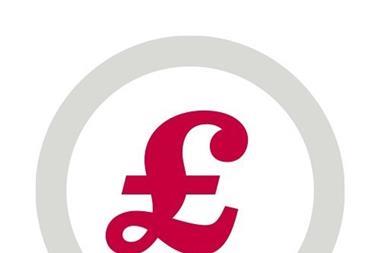
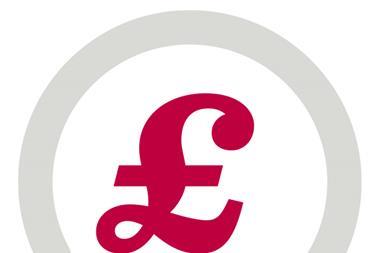
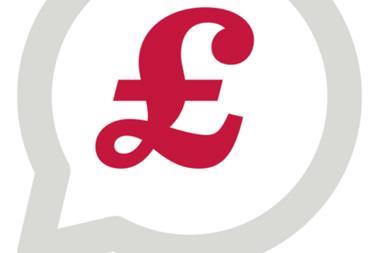
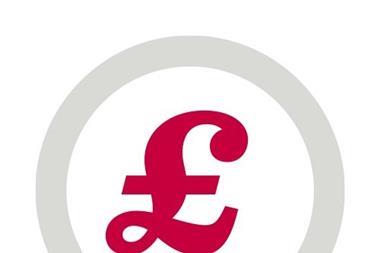

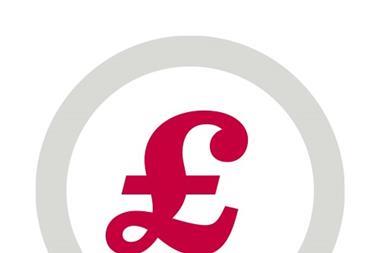
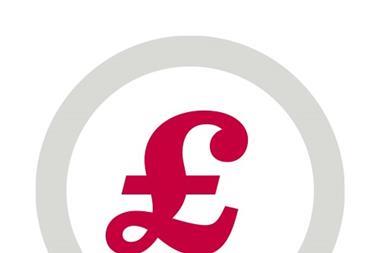

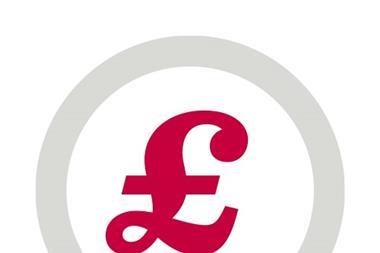
No comments yet